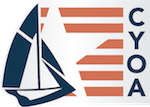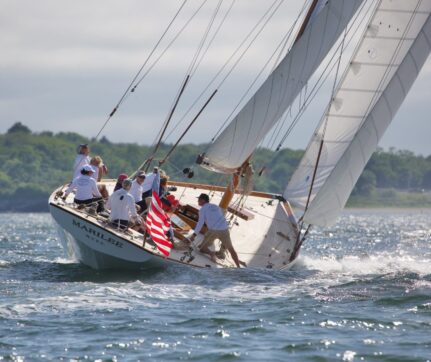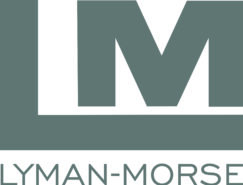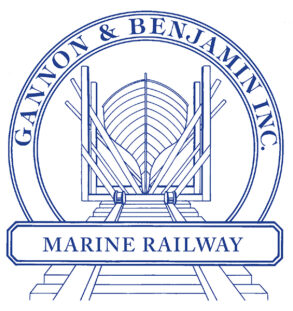Jim Taylor, CYOA’s Chair of the Technical Committee, has been a professional yacht designer for nearly five decades. From apprenticing with Ted Hood during the America’s Cup years to starting his own successful yacht design company, Taylor has vast experience and many “Boat of the Year” designs to his name (see his complete bio-history on his website). The CYOA is honored that he took on this role with us to lead the Technical Committee, composed of a multitude of experienced boat builders, sailmakers, designers, and regatta organizers (see list below) as they continuously re-evaluate the Classic Rating Formula.
The new CRF Formula is posted on our website classicyachts.org along with our Racing Guidelines, Division Assignments, and a NOR Addendum for Organizing Authorities hosting their own events. Taylor took some time to explain what is new for CRF 2022:
Q: What has been the biggest area of focus for the Technical Committee when it comes to adjusting the rating formula every year?
Taylor: No rating rule is perfect, and CRF is tasked with fairly handicapping a fleet that is exceptionally diverse in terms of boat sizes, types, and ages. After each season, we do a careful review of all the races sailed, taking their course content and weather conditions into account, to see if there are certain boat characteristics that might appear advantaged or disadvantaged relative to the fleet at large. If any such issues are identified, in the off-season it is a priority to address them for the following year.
Q: What is the process of adjusting the formula each year?
If a review of race results does suggest a clear rating bias based on an identifiable boat characteristic, the first step is to try to address it via science and the declared data that we have available. One of the biggest challenges in making appropriate changes is in addressing the target bias without upsetting the competitive balance in the rest of the fleet. The most important tool in avoiding any such unintended consequences is testing the effect of any proposed change on an established ‘test fleet’ of similarly well-prepared, well-equipped, and well-sailed boats that represents the full range of Classic boat sizes and types.
Q: What are the biggest changes this year that owners and sailors should be aware of?
Taylor: After two years of collecting data, CRF 2022 will include declared mainsail girths and spinnaker widths in rating calculations. Boats declaring mainsail girths greater than the previously assumed defaults (unusually big roach profiles) will see their ratings get slightly faster. Those declaring girths below those defaults will see slightly slower ratings, so it can be to the advantage of boats with minimal roach mains to declare those girths. Except in extreme cases, the effect on rating is +/-1 or 2 sec/mi.
The same approach has been taken with spinnaker widths, with declared widths greater than a previously assumed default rating slightly faster under CRF 2022. One difference is that ratings are not slowed down for chute widths that are less than the defaults.
Three additional tweaks to CRF for 2022 slow the ratings of boats with an unusually deep draft (including deep centerboards) and of boats that are unusually heavy for their length and speed up the ratings of boats with especially high stability.
Q: If someone has a concern or a question, how should they reach out?
Taylor: Questions, before your Certificate is issued or about anything with the CYOA (Membership, Regattas, Etc), can always be sent to info@classicyachts.org and we will make sure you get to the right person to answer the question.
If you believe there is an error on your certificate, it is possible that an error in data input has been made. If you feel that this is the case, file an inquiry. Upon receipt of your inquiry, the CRF Technical Committee will review the data to see if there is an error. If so they will notify you, correct the rating, and issue you a new certificate.
Q: What is the difference between the new division Contemporary and what led to adding this Division?
The ‘new’ Contemporary Division is the ‘old’ Other category with a new name. There has been discussion of adding a new ‘Development’ division to include some boats that are or would be, on the ragged edge of the existing ‘Spirit of Tradition division, but this idea has been deferred for now.
Q: When should I get my certificate for Summer 2022?
Taylor: As soon as possible! We have already started issuing certificates for 2022. Applications are processed automatically for a rating but to ensure accuracy, each certificate is manually reviewed before it is issued. So plan on at least 5-7 business days early in the season (April-May) and if applying after June 1, please note there is now a $50 rush charge. We really want to encourage our members to get these early.
Thank you to Jim Taylor for taking the time for letting us know what is new this year for CRF. Learn more and get your certificate at https://www.classicyachts.org/ratings/certificates/
CRF 2022 Technical Committee
- Jim Taylor, Chair
- Adam Langerman
- Joe Loughborough
- Bob Stephens
- Greg Stewart
- Susan Wayne
- Steve White
- Glenn Cook
- Peter Gerard









